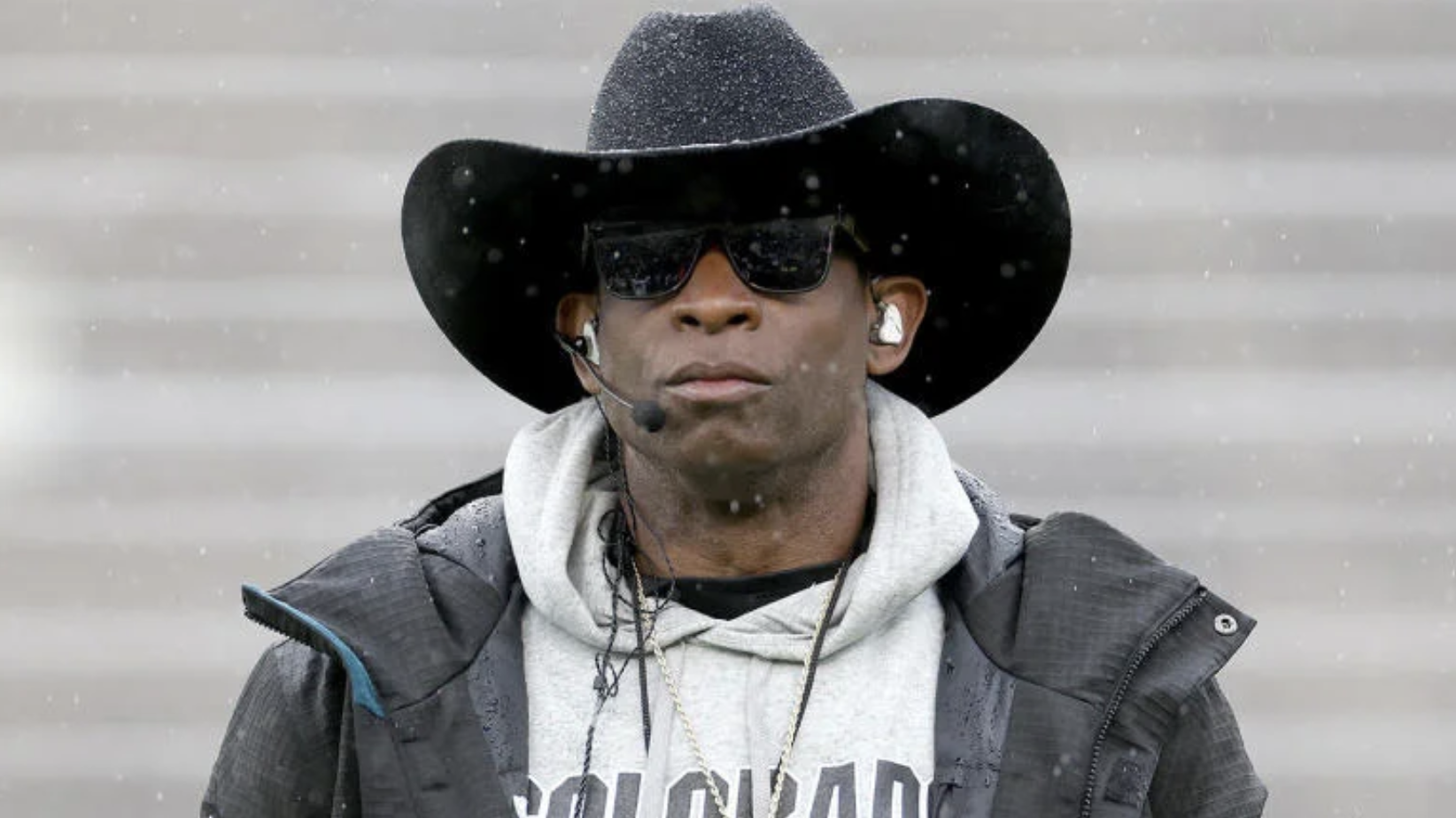How To Be A Running Back - Washington Huskies Running Back Drills
Running Back is one of the most glorified positions of the football field, mainly because the running backs often touch the ball the most on the field...after the quarterback. Here is a set of drills that any coach can use with their running backs to help with ball security, getting through traffic at the line of scrimmage and increasing mobility to get to the second level of the defense.
Pocket Exchange
The first running back drill that is displayed in the video is the Pocket Exchange. Watch the video for the full demonstration
The arm closest to the QBs is the overarm (the arm that will go on top of the ball)
The RB will always pull the ball the underarm
Once all the points of the ball are secured, the RB will pull the ball with arm to sideline and get it “High and Tight”
Rip “N” Grip
In order to get a lot of touches on the football field, running backs must have great ball security
Coaches stress holding the ball “High and Tight”
Coaches will not accept fumbling, so you must practice ball security with the Rip “N” Grip every day
You cannot have an effective run game if your running backs are prone to fumble the ball. The Rip “N” Grip drill gets your running backs used to have tension and contact on the ball to help them prevent from fumbling. Some running backs are so used to being faster and more powerful than their competition that they don’t really get too much pressure on the ball at the lower levels of competition. You often see these types of running backs initially have fumbling problems once they reach the higher collegiate and professional ranks, and they must train themselves with the high and tight and rip n grip techniques.
Bags
Coaches like running backs to run with high knees by picking their feet off the ground
This is stressed in order to prevent unnecessary stumbling in traffic caused by defenders on the ground
Coaches use a combination of bag drills in order to stimulate this process
There is a lot traffic running between the gaps and running backs need to make sure that they don’t get caught on any ankles or low tackles coming out of the backfield. The bag drills help the running back get used to driving knees through the line of scrimmage to ensure that they can reach the second level of defense.
Jump Cuts
Coaches expect their running backs to be able to maneuver through each gap quickly, avoiding defenders and traffic at at his legs to keep from falling.
In order to stimulate this action you should do jump cuts
As you can see from the video, these running back drills translate directly into game play. Particularly with the jump cut drills, you can see how effective that they can be with transitioning and changing direction in the hole.
Practice these running back drills with your team to help elevate your overall running game. Running backs must possess a certain amount of natural ability, however the practice of these drills, in addition to others, will help increase the efficiency of your running back production. There is more to playing running back than being just big fast and strong.









